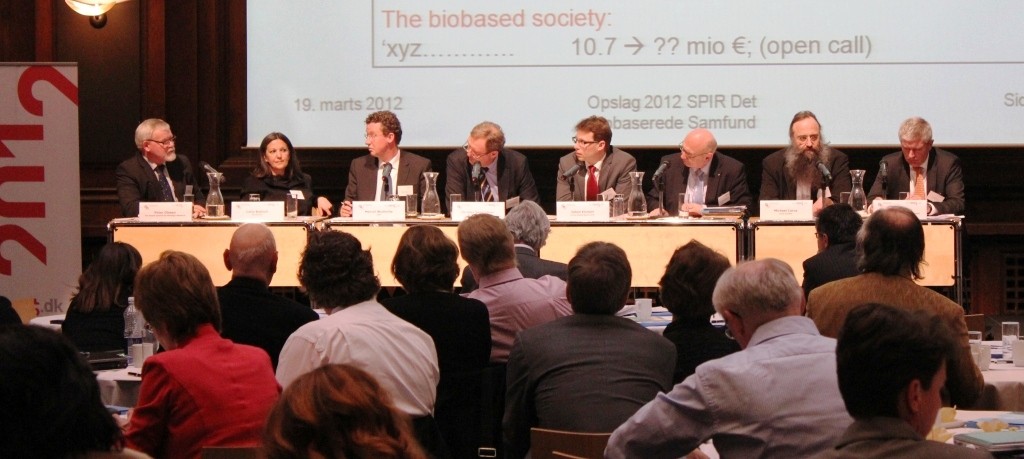Ten years later
December 1, 2014 By Rob Davidson No comments yet Barcelona, IBTM World, report, Trends Watch
It’s now 10 years since I produced my first report for EIBTM on meetings industry trends, and launched it at the show, which had just moved from Geneva to Barcelona. That year in the UK, the Queen unveiled a memorial fountain in Hyde Park, dedicated to Diana, Princess of Wales; the new Scottish Parliament Building in Edinburgh was opened; and the BBC cancelled the appearance of Coca Cola sponsorship credits on Top of the Pops show, after criticism from politicians and health campaigners that it would be promoting junk food and unhealthy drink products to teenagers.
Every year since 2004, I have researched and written the EIBTM trends report and presented my findings on the Tuesday morning and Thursday morning at the show.
The report has been through a lot of changes in the past decade (and so have I – I could get into 28-inch waist trousers in 2004 … ). But the EIBTM report has been a constant fixture of my work during that time. It’s an annual review of the best data on changing trends in our industry. For the first few years, we called it the EIBTM Industry Trends and Market Share Report. But it gradually became clear that readers were most interested in trends in meetings and events, and in particular how our industry was responding to developments in the macro-economic market environment.
Three years ago, we renamed the report the Trends Watch Report, which is less of a mouthful than its original title and more accurately reflects the content. The established structure for the report is now: an overview of the global macro-economic situation; a review of the performance of our key markets such as automotive, information technology, pharmaceuticals and construction; an analysis of demand for corporate meetings, association conferences and incentive travel in the year under review; and then a summary of the outlook for the year ahead.
The biggest change in ten years, regarding the report, has been the growth in the availability of reliable data on trends in meetings and events.Ten years ago, few organisations published useful data, and much of what was available – such as the surveys undertaken by associations such as MPI and PCMA – had a heavy North American emphasis. Now, I have many more sources of data to analyse for the Trends Watch Report. It makes my job more complex and demanding, but the results are much more reliable and viable. And – judging from the feedback from readers – the reports are more useful than ever to meetings and events professionals, from convention bureaus and venues to DMCs and meeting planners. They tell me that they use it to help them benchmark their own business’s performance over the past 12 months, as well as in their planning for the year ahead.
And from my personal perspective, writing the Trends Watch Report obliges me to investigate global trends in the meetings industry, which helps me keep up to date with current developments – essential to any researcher / consultant.
This year’s Trends Watch Report is available free to download on the IBTM website.
Related
Rob Davidson on video
The Meetings Forecast at the EIBTM 2014
How important Meetings Africa is to the business tourism ambitions of South Africa. Rob Davidson on CNCB Africa.
CIBTM 2013: What Chinese meeting planners want
Rob Davidson at ICCA Research, Sales & Marketing Programme 2011 in Gdansk
EIBTM 2011 Industry Trends with Rob Davidson


